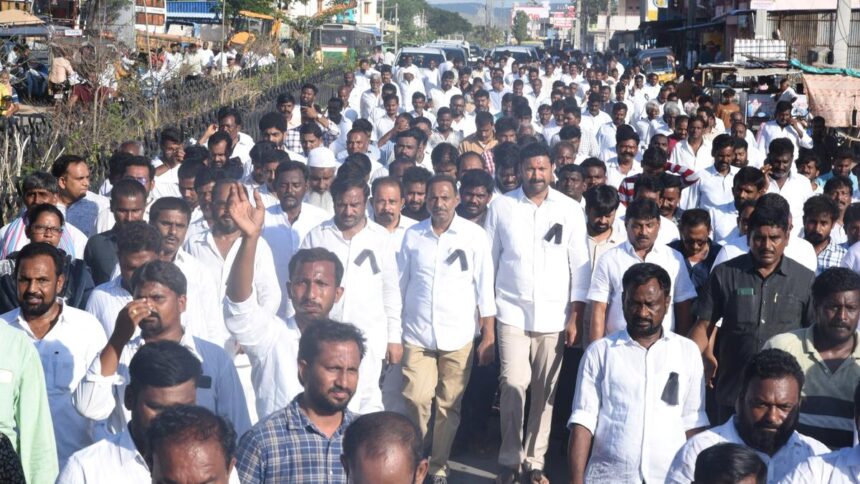
The Supreme Court on Monday directed authorities to remove all stray dogs from Delhi-NCR localities
| Photo Credit: Swastika Rajput
On August 11, the Supreme Court directed the Delhi government and local bodies to immediately capture stray dogs and put them in shelters. The Court was hearing a suo motu case on the increasing instances of stray dog attacks on children, including infants. The Court said, “Not a single dog picked up shall be released back on the streets/public spaces.”
The order has divided public opinion. While some people agree with it given the extent of the problem of dog bites, others have questioned the effectiveness of simply relocating dogs to shelters, pointing out that Delhi lacks shelters to keep so many dogs.
Whether or not India has a stray dog problem, it certainly has a dog-counting problem. Getting that right could be key to making any policy, whether it is confining dogs or vaccinating them, effective.
The most recent nationwide stray dog count is the Livestock Census of 2019. In fact, reports show that the Delhi-specific dog census was conducted even earlier, in 2016. So, in 2025, policies are being framed using estimates of the dog population based on an outdated censuses. More importantly, an analysis of the 2019 Census itself raises several questions.
Take the case of Tamil Nadu. In 2019, there were 4.4 lakh stray dogs in the State. In the same year, according to data from the Integrated Disease Surveillance Platform, Tamil Nadu recorded 8.3 lakh dog bites. The chart below shows the number of dog bites and stray dogs in each State in 2019
In other words, that year, there were two dog bites for every stray dog in the State. Even allowing for the possibility of the same dog biting multiple people, the number of dog bites remains staggeringly high compared to the estimated dog population.
In the case of Manipur, the 2019 Livestock Census recorded no stray dogs in the State. That data point alone is hard to fathom. Yet, that same year, Manipur reported around 5,500 dog bite cases. In Odisha, there were 17.3 lakh dogs in 2019. Odisha housed the second highest number of dogs among all the States. Yet, there were only 1.7 lakh bites that year in Odisha.
If the data is correct, then States such as Tamil Nadu — which suffer “severely” from dog bites with nearly 1,900 bites for every 1,000 dogs, as shown in the chart below — could learn from States such as Odisha, which report only about 100 bites per 1,000 dogs. The chart shows the number of dog bites for every 1,000 stray dogs in each State in 2019
Such knowledge-sharing could help address the crisis. The fact that this has not happened clearly points to a data mismatch rather than ground reality. Since all dog bites will be reported by the victims due to fear of rabies, and since hospitals are required to record these cases, the data mismatch likely lies in dog population figures.
With the World Health Organization (WHO) estimating that 99% of human rabies cases are caused by the bite of infected dogs, India’s National Action Plan for Dog-Mediated Rabies Elimination by 2030 had proposed strategic mass dog vaccination as the way forward in 2018. The plan had stated that vaccinating 70% of dogs and sustaining the effort for three years can eliminate rabies. The WHO also recognises this as a cost-effective strategy.
Evidence from a data-driven rabies elimination programme in Goa, published in the journal Nature, showed that vaccinating 70% of the State’s dogs eliminated human rabies cases by 2019 and reduced monthly canine rabies cases by 92%. The chart below shows the results from a data-driven rabies elimination programme in Goa show that vaccinating dogs helps reduce human rabies cases
In fact, Goa recorded the highest number of dog bites per capita in 2019. As can be seen from chart below, there were 1,412 dog bites for every 1 lakh people in Goa in 2019, the highest among all the States. The chart shows the number of stray dogs and dog bites for every 1 lakh people in each State in 2019
The data for the charts were sourced from the Livestock Census-2019, the Department of Animal Husbandry and Dairying and the Ministry of Health and Family Welfare. Some of the datasets were accessed through Dataful developed by Factly
Published – August 13, 2025 10:18 am IST




















